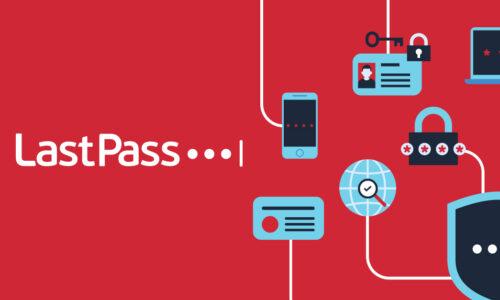
QR codes link the offline to the online. What started as a way to streamline manufacturing in the automotive industry is now a widespread technology helping connect the physical world to digital content. And as the world embraced remote, no-touch solutions during the Covid pandemic, QR codes became especially popular. QR codes offer convenience and immediacy for businesses and consumers, but cybercriminals also take advantage of them. Here's what you need to know about QR codes and how to stay safe when using them.

